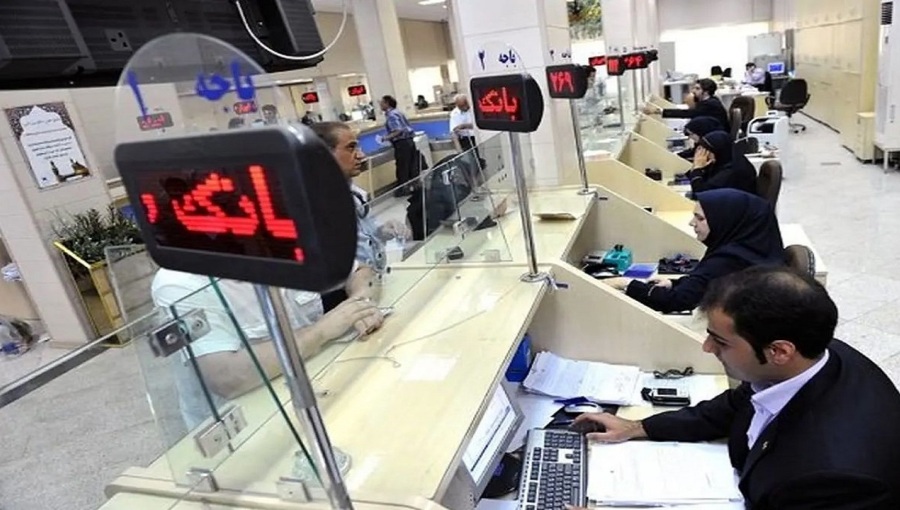Iran shuts offices in three provinces, cuts working hours in 13 others amid intense heat

The Iranian government shut down state-run organisations and banks in Isfahan, Tehran and the adjacent Alborz province on August 7 due to searing heat and shortened operating hours at similar facilities in 13 other regions for a second consecutive day.
The decision closed the national Parliament as well as Tehran’s municipality headquarters along with other state offices and financial centres, including the stock market, as the mercury soared to 42 degrees Celsius.
The government said in a statement carried by IRNA that work hours on Wednesday would extend from 06 a.m. to 10 a.m. local time in the provinces of Semnan, Qom, Khuzestan, Sistan and Baluchistan, Mazandaran, Golestan, Razavi Khorasan, Kerman, Fars, Bushehr, Yazd, Markazi and Kermanshah but emergency services and medical agencies would continue to operate normally.
The measure is expected to be extended for a third day as temperatures are forecast to hover around 40 degrees Celsius in all above regions on August 8.
The move aims to protect public health and prevent power outages as the grid continues to suffer from overuse.
Tavanir, the state-owned power generation, transmission and distribution company, sent SMS messages to household customers on August 6, urging them to switch off high-consuming appliances in order to steer clear of power cuts.
Daily electricity consumption surpassed to an all-time high of 79,700 MW on August 7, showing a spike of 6,000 MW or more than 8% compared to the same day last year.
"Supplying the additional 6,000-megawatt consumer demand for electricity calls for the construction of power plants totaling 9,000 MW in capacity, which, in turn, requires $9bn in investment," Tavanir CEO Mostafa Rajabi Mashhadi said.
Rajabi Mashhadi predicted that a new record would be set for daily power usage as the country was going through the “hottest summer days” in decades.
He also added that overnight consumption also rose to a new peak of 68,000 MW on August 5.
Iran is facing a growing electricity deficit, which amounts to around 17,000 MW this summer per day as the government failed to boost power output by 5,000 MW (7%) annually to avoid shortages.
Temperatures exceeded 40 degrees Celsius (104 Fahrenheit) at 170 weather stations earlier on July 20, state-controlled Tasnim News Agency reported.
The organisation's data revealed a stark 40-degree temperature difference between the coolest and hottest regions over the past 24 hours.
Baghdad also experienced extreme weather conditions, reaching up to 47 degrees Celsius. Erbil and Dohuk in the north will be relatively cooler but still hot, with temperatures of 43 and 42 degrees Celsius, respectively.
Southern areas in the south close to the Persian Gulf also have the added complexity of humidity, increasing strain and putting extra demand on the local electricity grid, which is currently failing in several cities.
Earlier on July 17, Dubai reported that it had seen record so-called “humidex” records "feels like" temperature soaring to 62 Celsius (143.6 Fahrenheit).


Follow us online